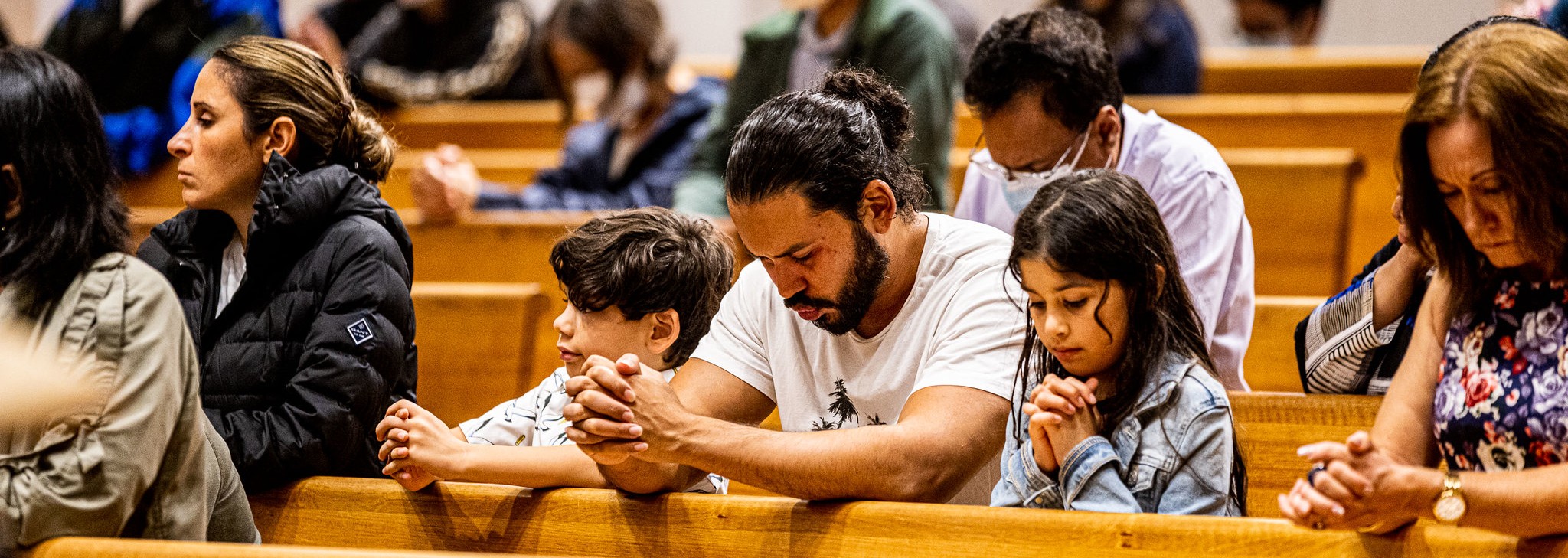Penitential Celebrations
National Liturgical Council

The Rite of Penance (1975) provides three forms for celebrating the sacrament of penance:
- A rite for the reconciliation of individual penitents.
- A rite for the reconciliation of several penitents with individual confession and absolution.
- A rite for the reconciliation of penitents with general confession and absolution.
Then it provides a section called ‘penitential celebrations’ and gives some sample rites – two for Lent, one for Advent, three for general use, and then one each for children, young people, and the sick. These can be adapted or new rites can be prepared using the collection of scripture and prayer texts from other parts of the ritual book.
The idea behind these penitential services is that, while sometime the sacrament itself is required and beneficial, often enough the faithful find themselves conscious of failings but not in a situation of rupture. That is the pastoral need served by these liturgical celebrations. It gives communities the opportunity to undertake an examination of conscience, to hear the Scriptures and respond to Christ’s call to conversion. They reinforce the unity and harmony of the Church.
The structure of the services is familiar.
INTRODUCTORY RITES
Opening song
Greeting
Prayer
LITURGY OF THE WORD
First Reading
Responsorial Psalm
Gospel
Homily
LITURGY OF PENITENCE
Examination of conscience
Act of Repentance
The Lord’s Prayer [Act of Contrition]
CONCLUDING RITE
Final song
Concluding prayer
Blessing and Dismissal
These penitential celebrations make it clear that our sin has social consequences and that the healing required is also communal. They suggest possibilities for a communal reconciliation of social or structural sin, such as racism or exploitation, unjust work conditions or violence.
